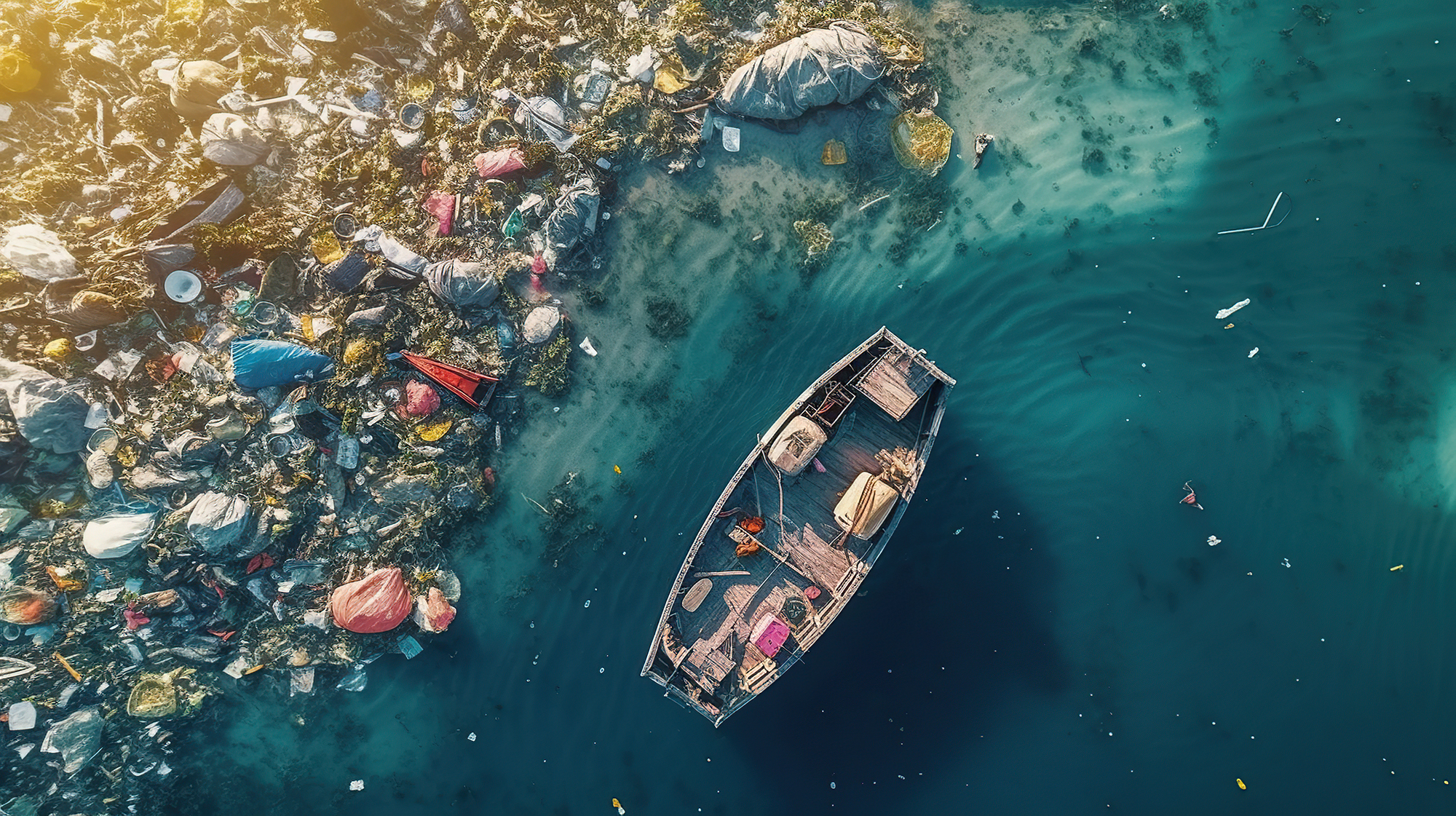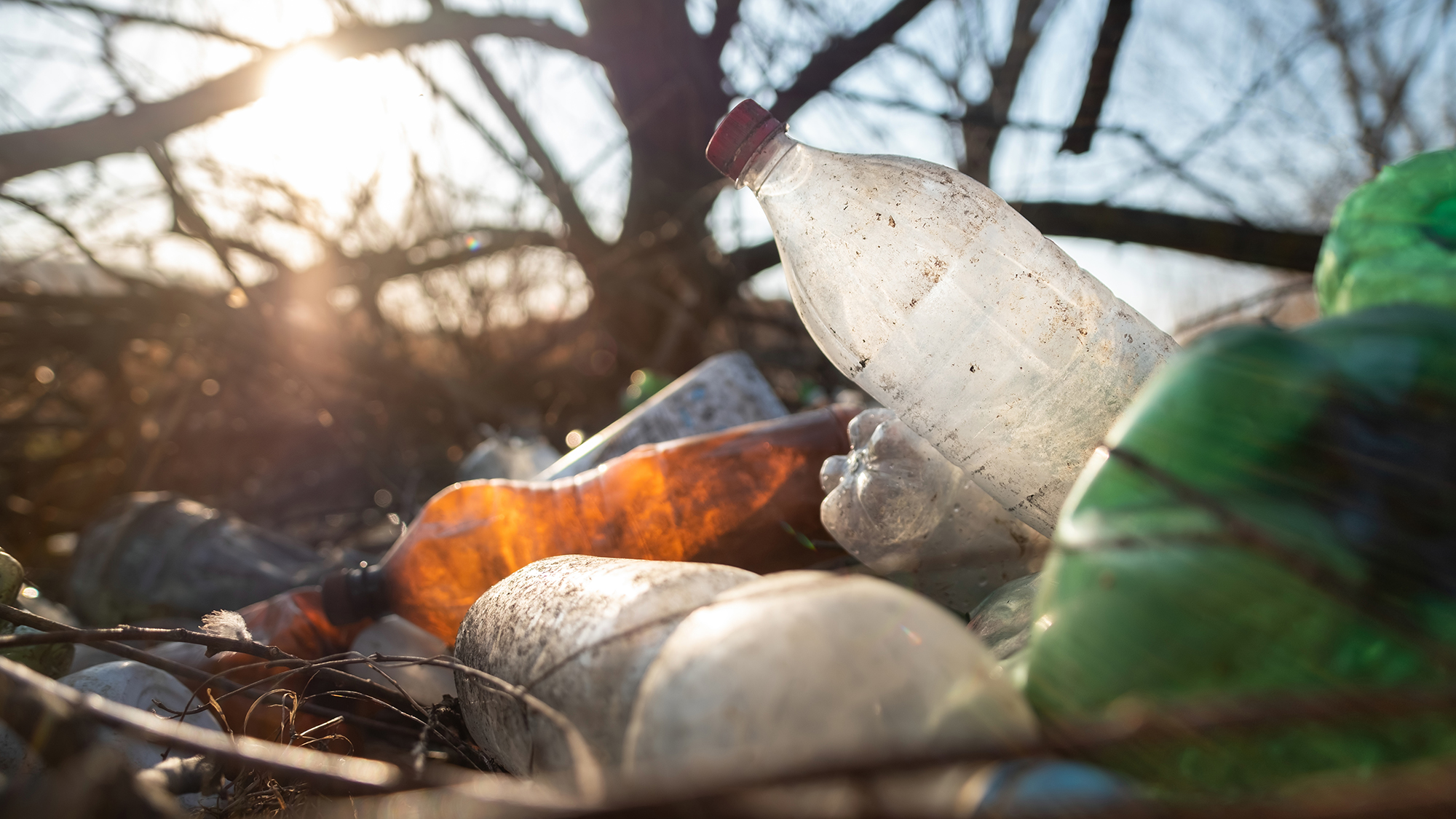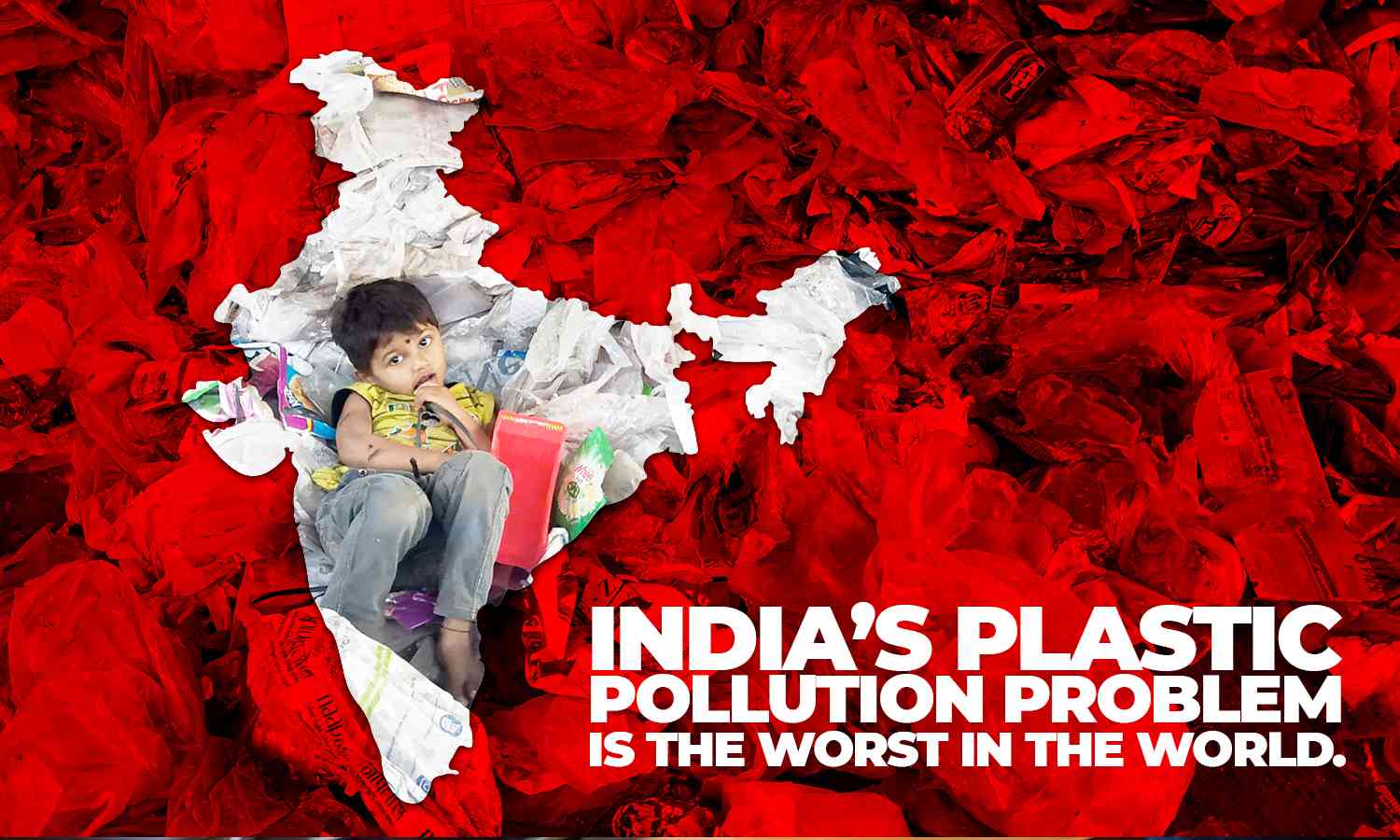
India has taken an unwanted lead as the world’s largest contributor to plastic pollution, responsible for nearly one-fifth of global plastic emissions, according to a recent global study. The report shines a stark spotlight on the mounting environmental crisis in the world’s most populous country, where rapid industrial growth, urbanisation, and consumerism have led to an explosion of plastic waste.
Experts attribute much of the crisis to the country’s inadequate infrastructure for waste collection and management. Despite government regulations aimed at curbing plastic use, policies remain fragmented and poorly enforced, making it difficult to address the growing tide of plastic waste. As plastic pollution continues to choke rivers, clog drains, and accumulate in landfills, the environmental and public health risks are becoming increasingly severe.

The Research:
The study, published in the prestigious scientific journal *Nature* by researchers from Britain’s University of Leeds, offers a stark analysis of global macro-plastic pollution. Of the 50.2 million metric tonnes of plastic entering the environment annually, India alone accounts for an estimated 9.3 million tonnes. This places the country far ahead of other major polluters, underscoring the severity of the issue. Despite regulatory efforts to reduce plastic use, experts point out that India’s infrastructure for waste collection and management is woefully underdeveloped. Ed Cook, one of the researchers behind the study, noted in an interview with *This Week in Asia* that the scale of the problem may be even greater than reported. “The numbers represent a significant portion of the material generated in India,” Cook said. He added that the amount of municipal solid waste burned in India is equivalent to that of the next four largest waste-burning nations combined—Indonesia, Nigeria, China, and Russia.
This comparison highlights just how extensive India's plastic waste crisis is. Burning waste, including plastics, is a common but environmentally damaging practice in the country. Not only does it contribute to toxic air pollution, but it also releases harmful greenhouse gases, compounding both environmental and public health concerns.

The Solution:
Efforts to control plastic pollution in India have been fragmented and difficult to enforce. While there have been bans on certain single-use plastics, compliance has been inconsistent, and alternative waste management solutions have yet to take root on a large scale. As a result, rivers, lakes, and even coastal waters have become clogged with plastic waste, with devastating effects on marine ecosystems and local wildlife. In urban areas, plastic also clogs drainage systems, contributing to flooding and creating breeding grounds for disease. Despite recent legislative measures, such as the Code on Social Security, 2020, which aims to address waste management in the informal sector, progress has been slow. The lack of unified and enforceable regulations, combined with the ever-changing landscape of the gig and informal economies, has made it difficult to implement large-scale solutions.
India’s rise as the largest plastic polluter signals an urgent need for a comprehensive and aggressive national strategy. Addressing the crisis will require massive investments in infrastructure, stronger enforcement of existing laws, and a shift in public and corporate attitudes toward plastic use. Without swift action, India’s environmental crisis will continue to escalate, threatening not only its ecosystems but also the health and well-being of its people.

It's Beyond Urgent:
The time to act is now. The global spotlight on India’s plastic pollution problem is a wake-up call that demands both immediate and long-term solutions to secure a sustainable future. Without significant investment in waste management infrastructure and stricter enforcement of regulations, India’s plastic problem is likely to continue escalating, further endangering its ecosystems, wildlife, and communities. The researchers behind the study, which offers a thorough analysis of global macroplastic pollution, caution that India’s contribution to plastic emissions may, in fact, be underestimated. Despite the alarming figures, the true scale of plastic waste produced by the country could be far higher than current estimates suggest. Ed Cook, one of the lead researchers, highlighted the magnitude of the problem in an interview with *This Week in Asia*. “The numbers represent a significant portion of the material generated in India,” Cook explained. He pointed out that the volume of municipal solid waste burned in India is staggering—equal to the combined waste-burning figures of the next four largest contributors: Indonesia, Nigeria, China, and Russia. This comparison underscores the sheer scale of India’s waste management challenges and hints at a more severe environmental toll than previously recognised.

--
Image Source: Multiple Agencies
Ⓒ Copyright 2024. All Rights Reserved Powered by Vygr Media.


























